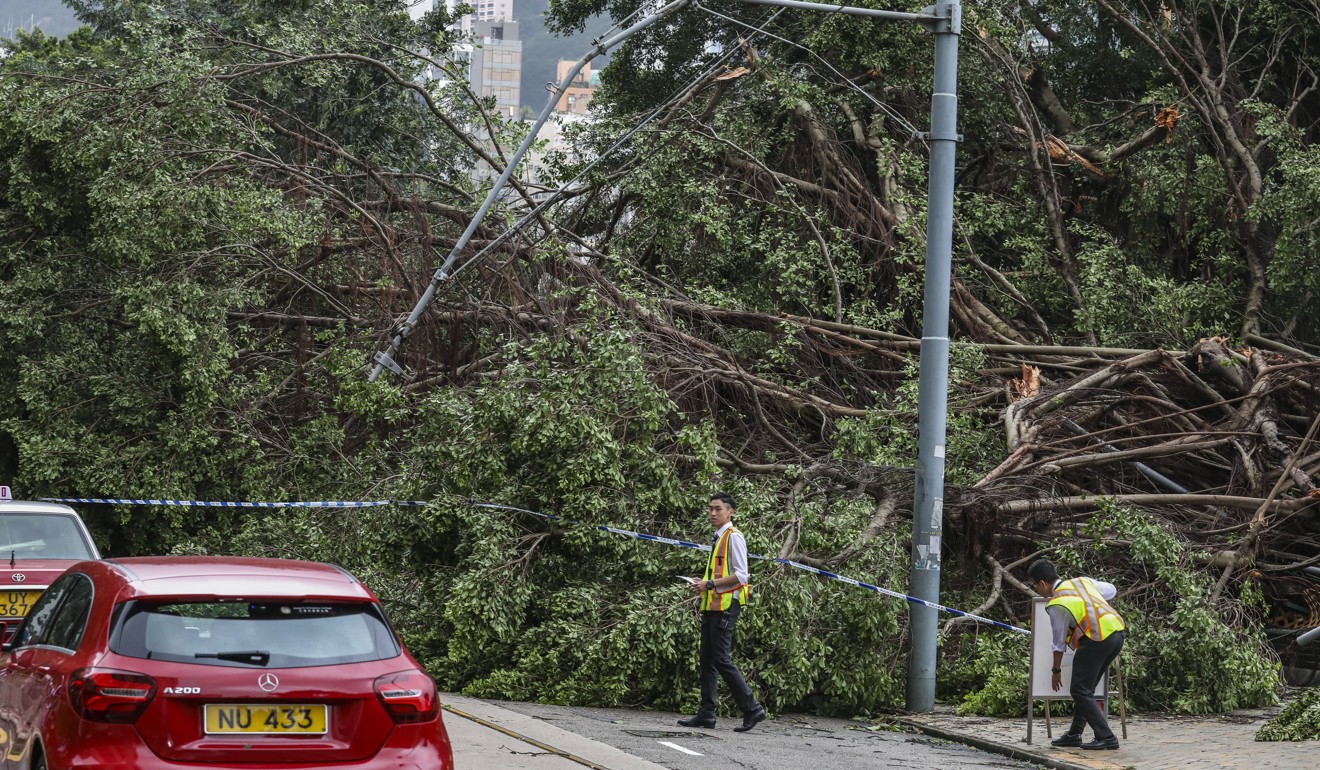
After Typhoon Mangkhut: time for Hong Kong to avoid confusion over storm damage issues

I refer to the letter from Bob Rogers on the impact of Typhoon Mangkhut (“Illegally built structures put lives at risk”, September 18). Confusing separate issues creates, rather than solves, problems.
Our (registered) “illegal structure”, which is now 12 years old, survived, as did many others that were built by competent contractors. Some neighbours have been less fortunate, losing windows, doors, a roof, even the entire structure. Incompetent design and/or workmanship, no doubt, substantially contributed to some of the damage.
Super typhoons cause considerable damage, but do not discriminate between lawful and illegal structures. I doubt whether Mr Rogers considers One Harbourfront or the Heng Fa Chuen estate “illegal structures”.
Despite their sometimes combined devastating results, storm damage, illegal construction and incompetence are three quite separate issues.
Peter Robertson, Sai Kung

How about a No 5 typhoon signal to allow clean-up action?
In the aftermath of Typhoon Mangkhut, after several hours of having the No 10 signal in place, it was inevitable that there would be widespread damage, flooding, fallen trees and landslides that would seriously disrupt normal traffic on our roads and railways.
Seeing the chaos around Tai Wai station on Monday morning, I felt there could be a case for an intermediate Signal No 5, which would indicate it was safe for the tree fellers, maintenance engineers for both road and rail, as well as slopes and drainage, to come out to assess the damage and carry out necessary emergency remedial works – so that transport could resume operating.
This would probably be for no longer than half a day, and then the No 3 signal could be put into effect – indicating that it was safe for the general public to go about their business.
Roger Nissim, Ma On Shan